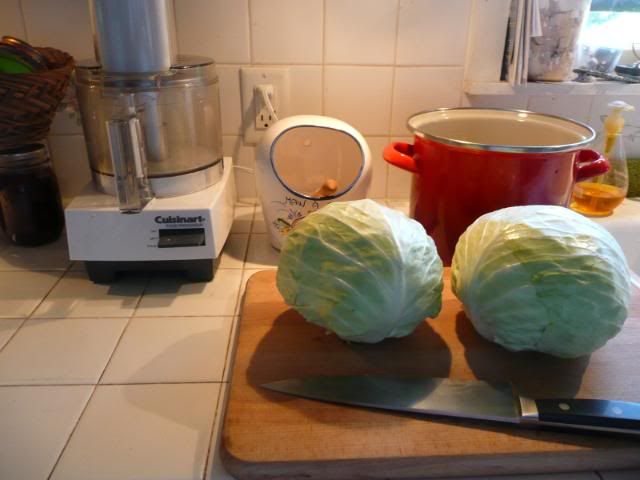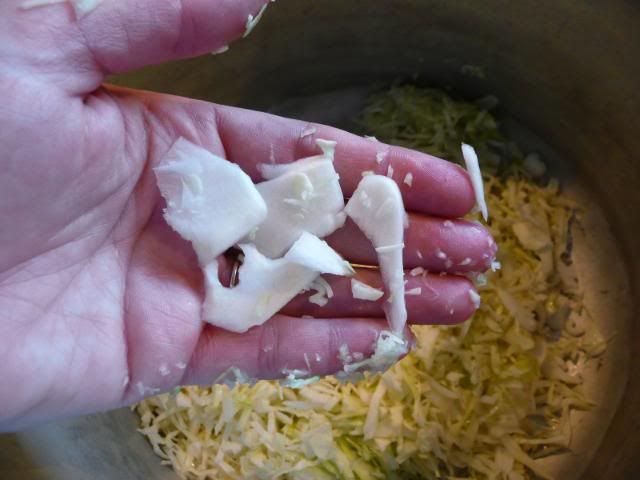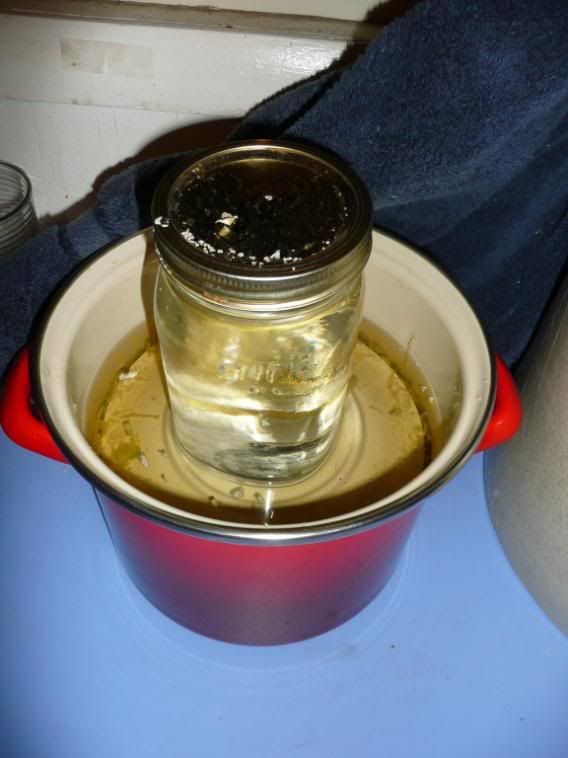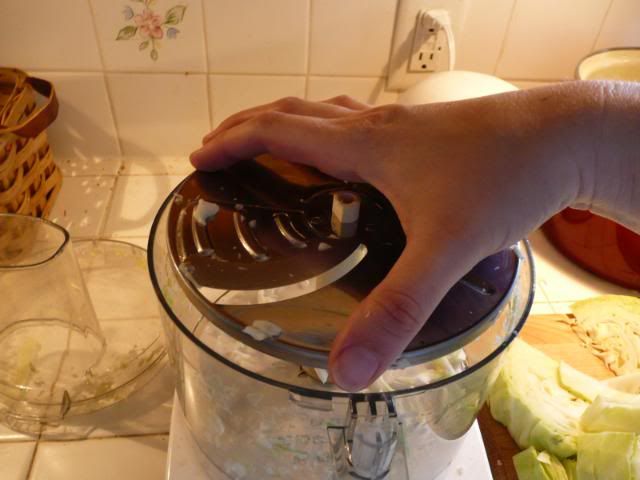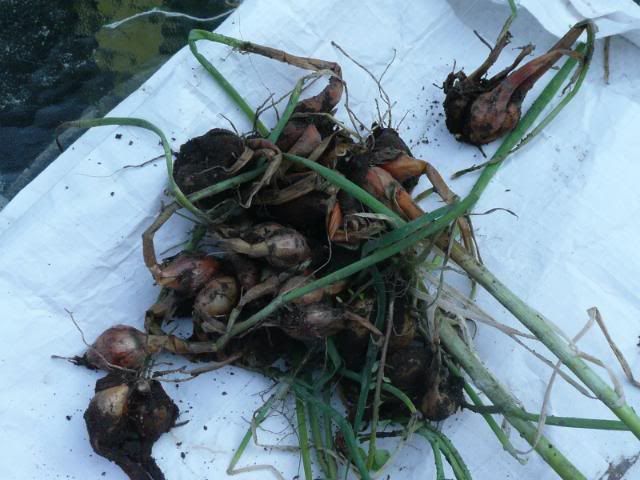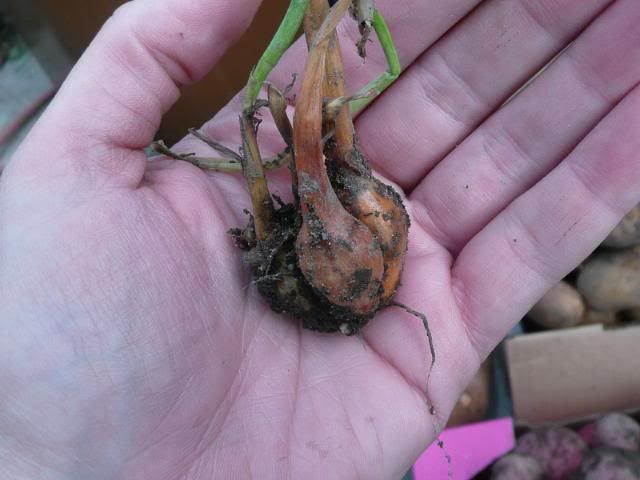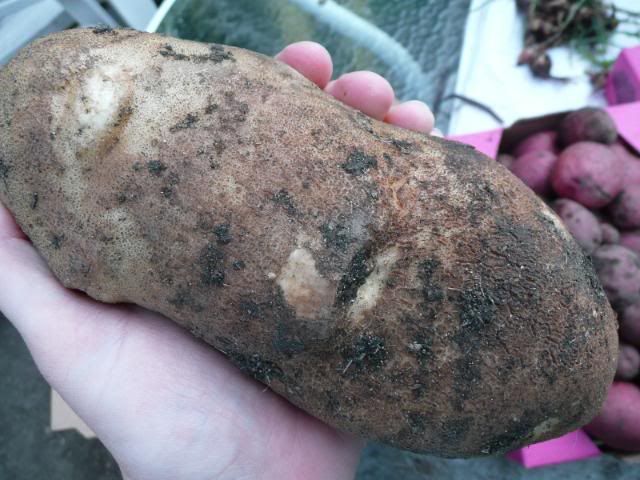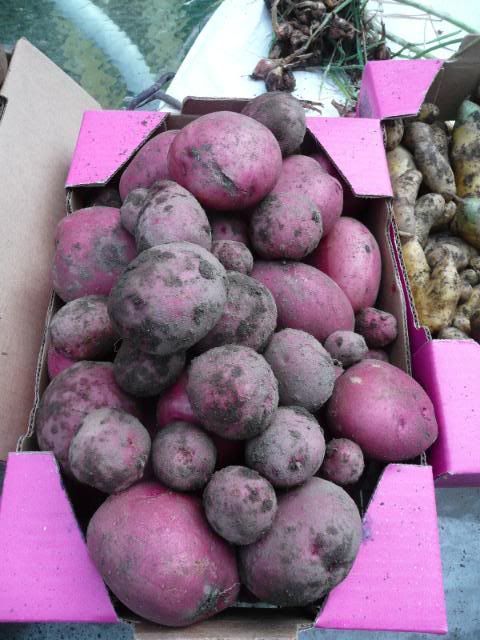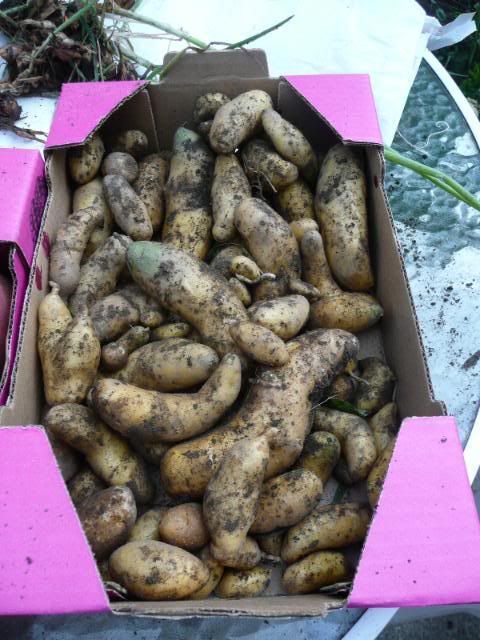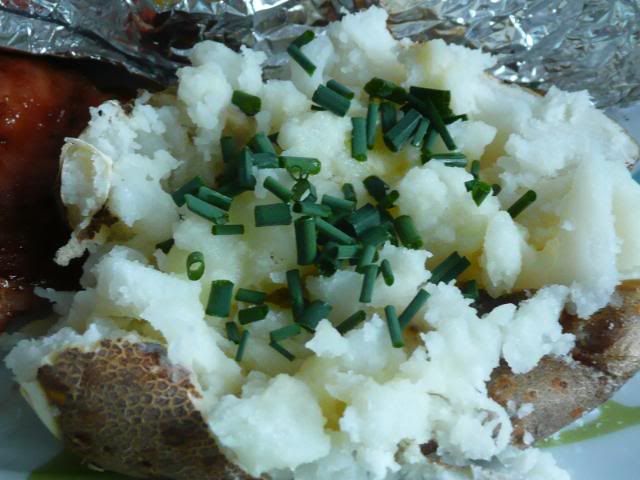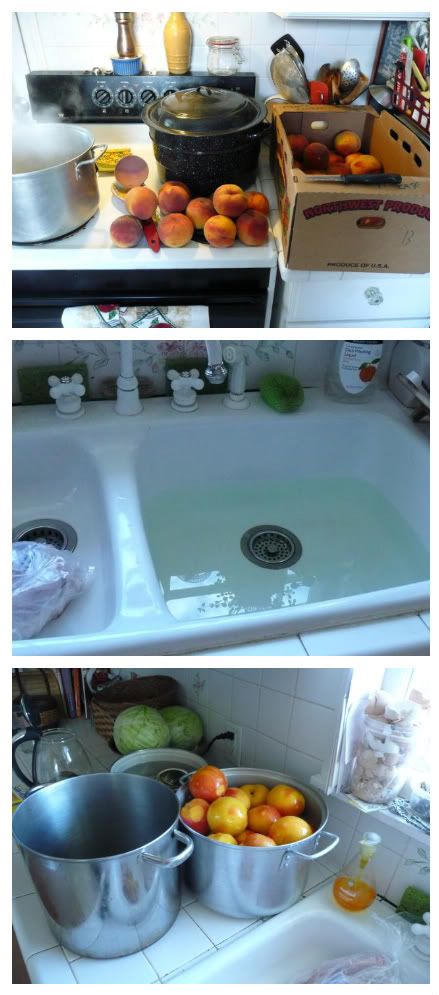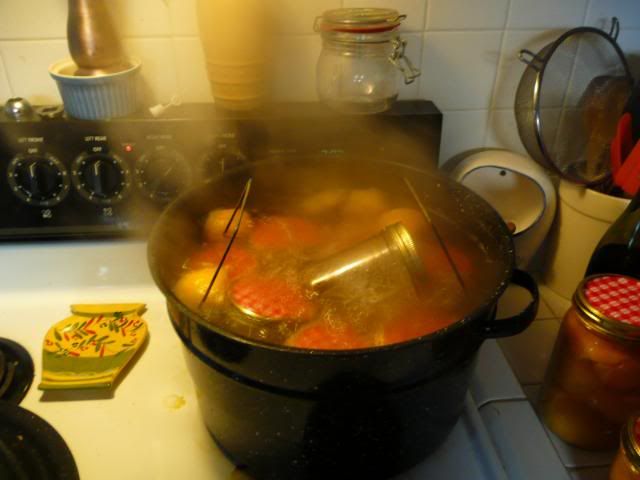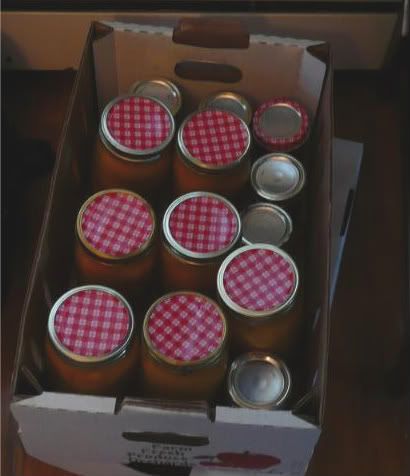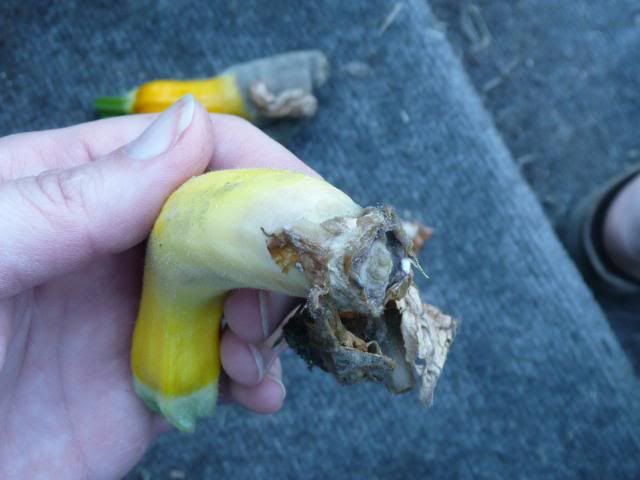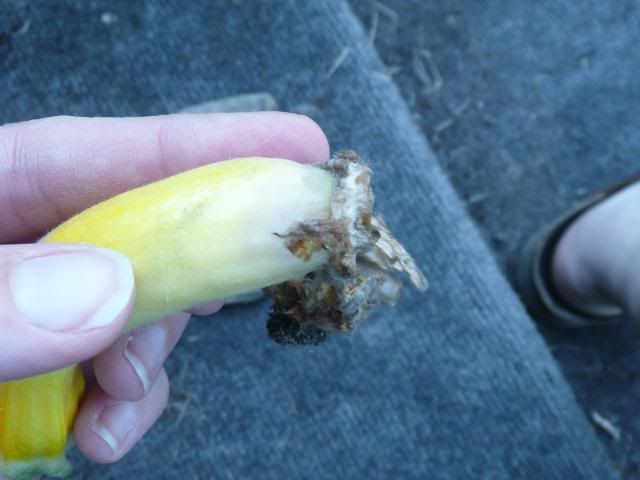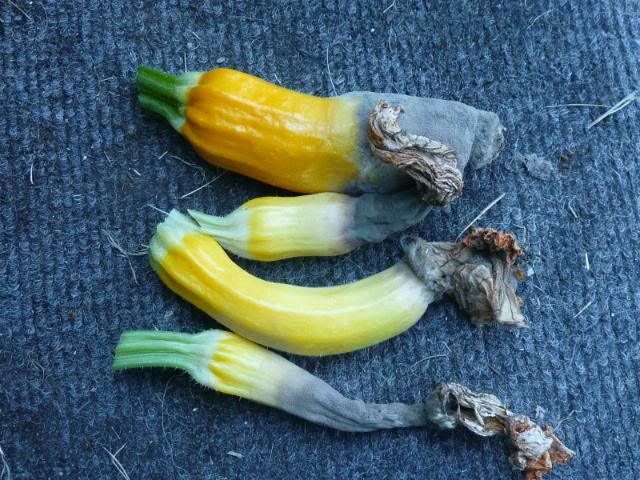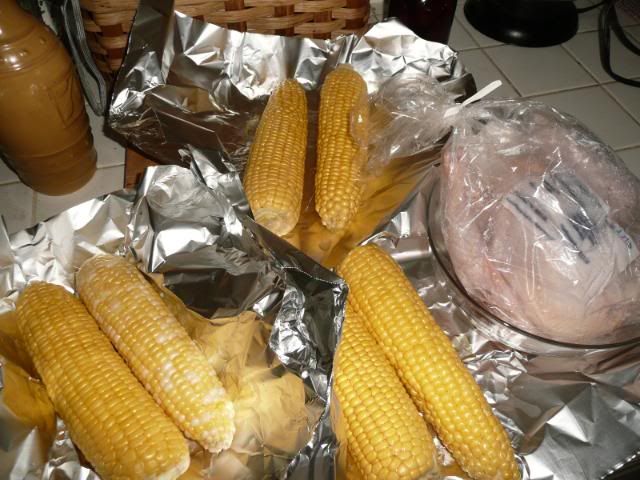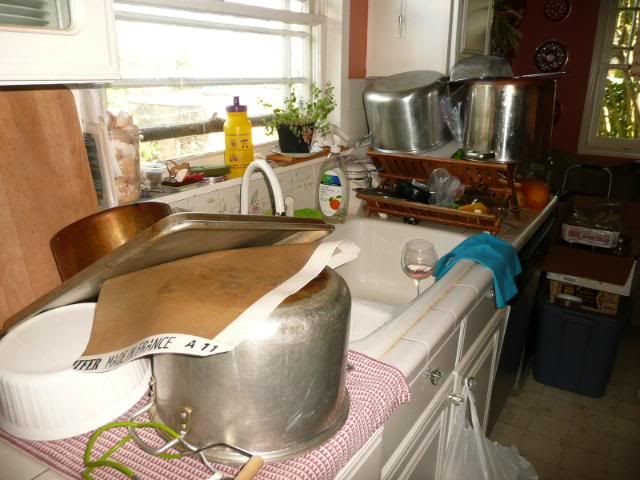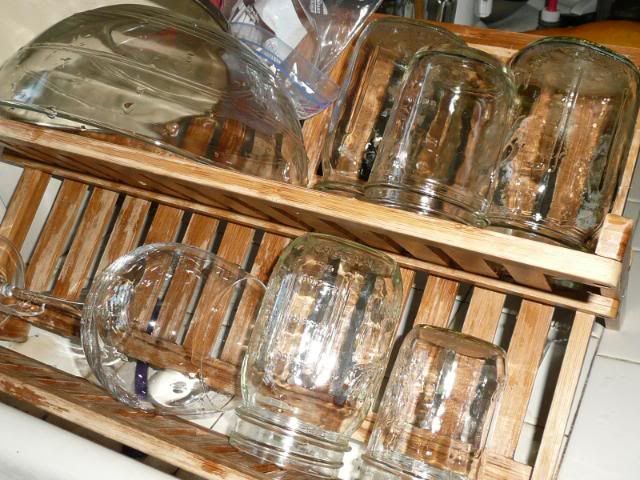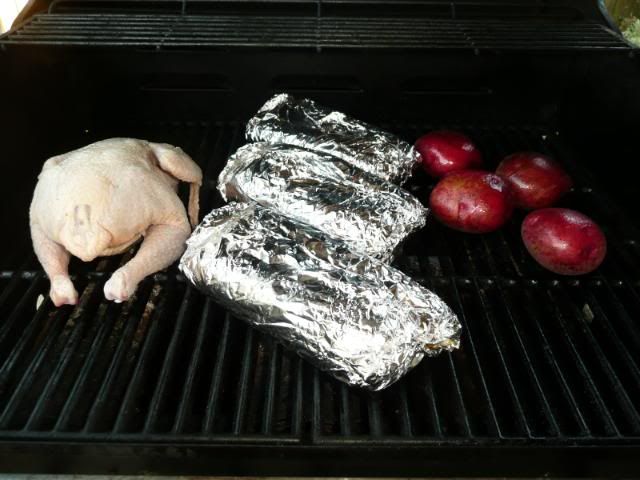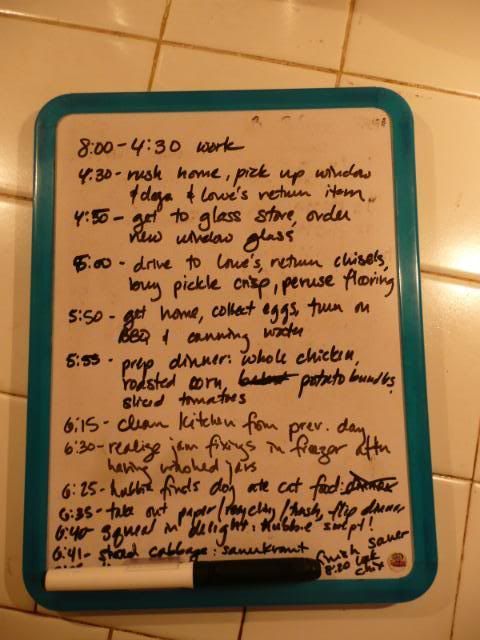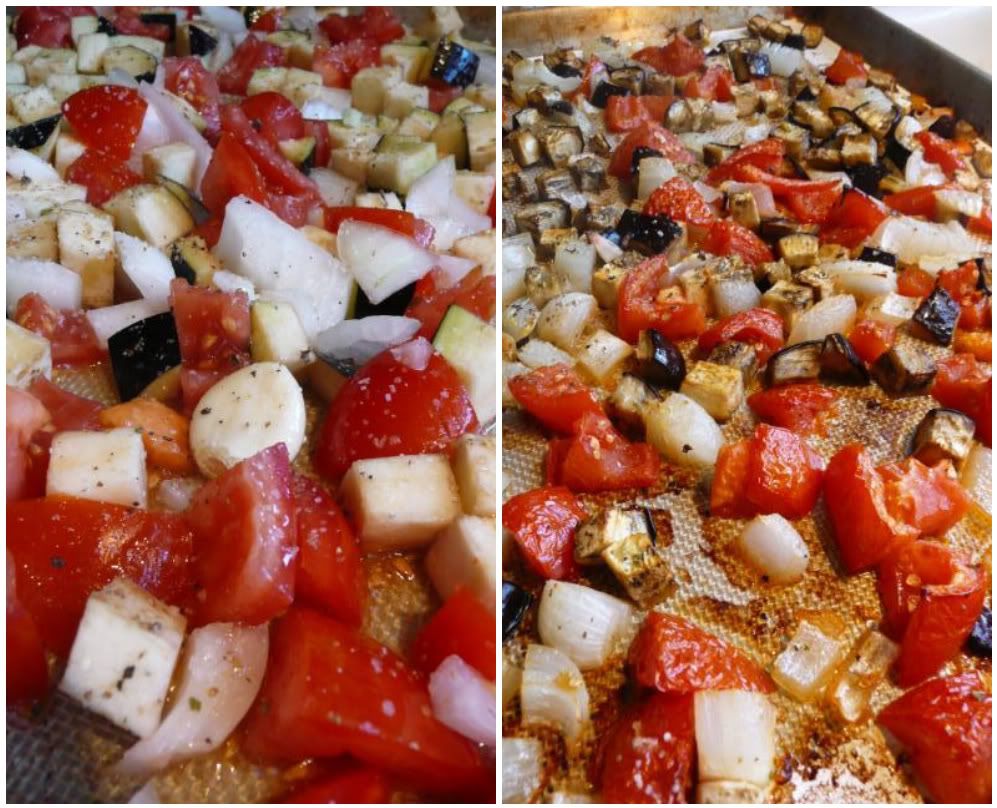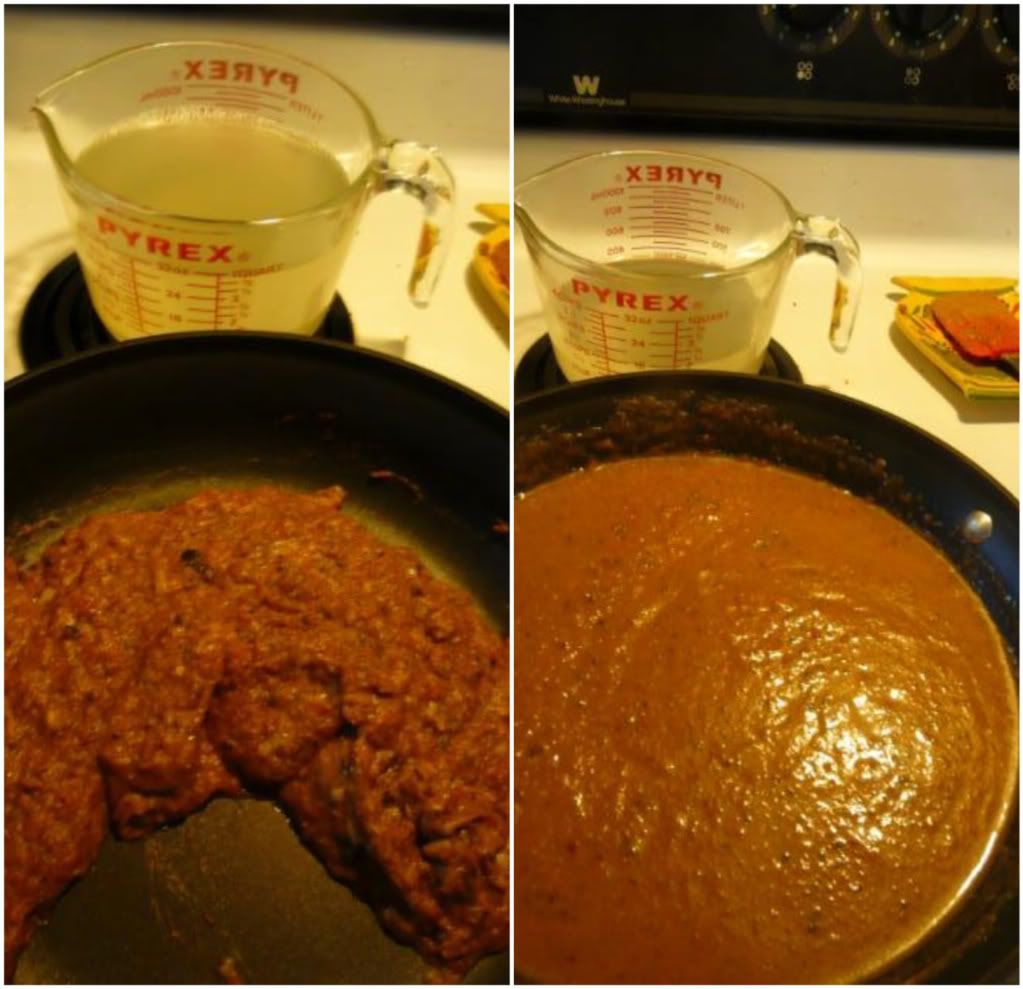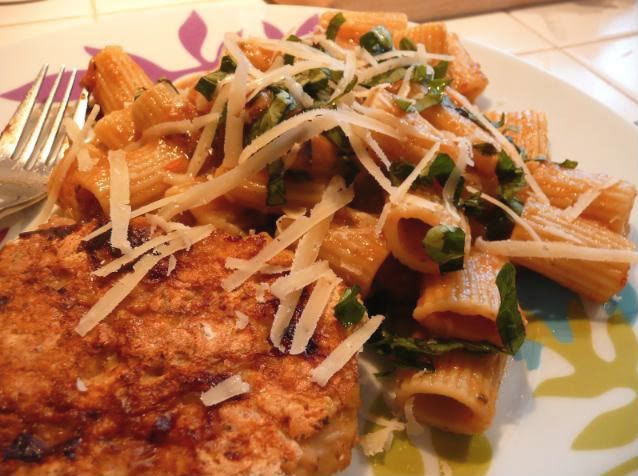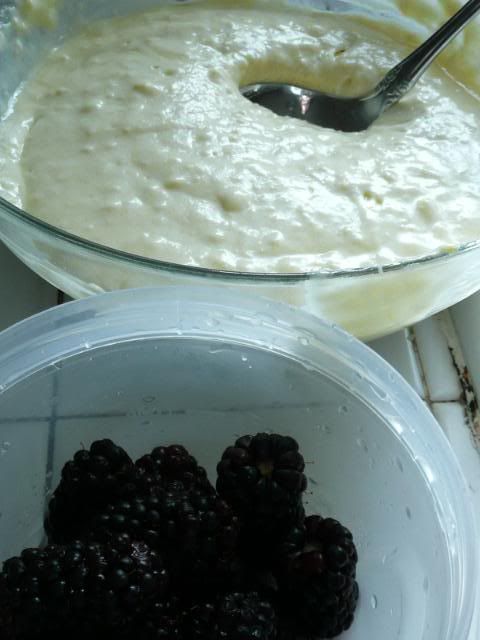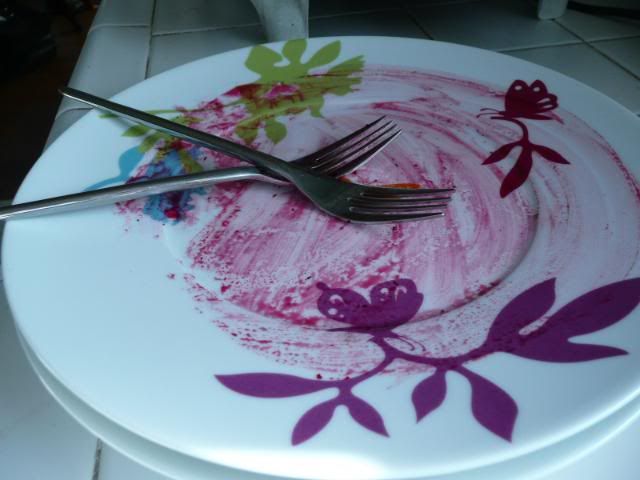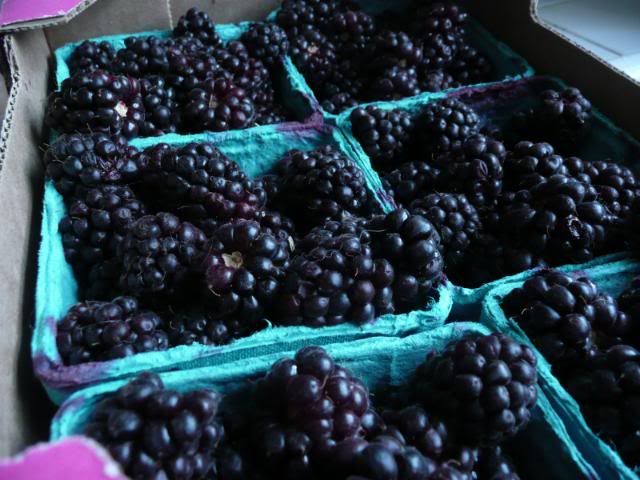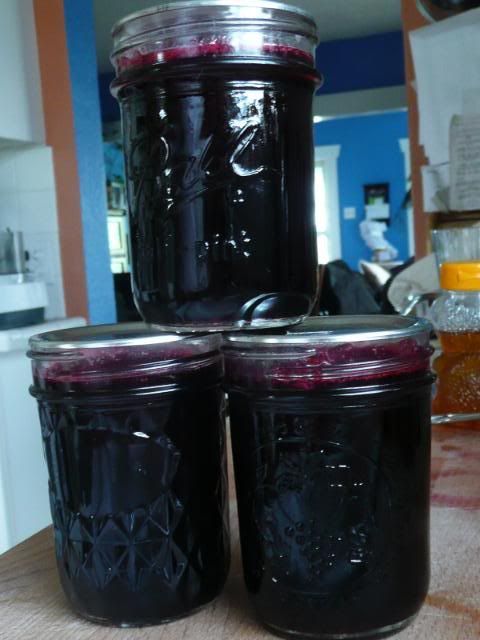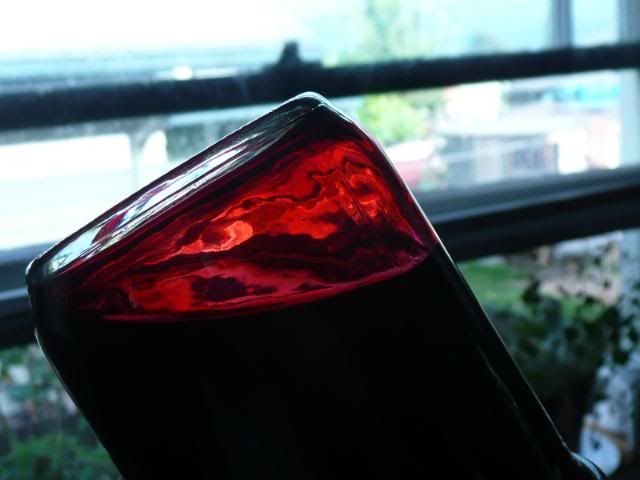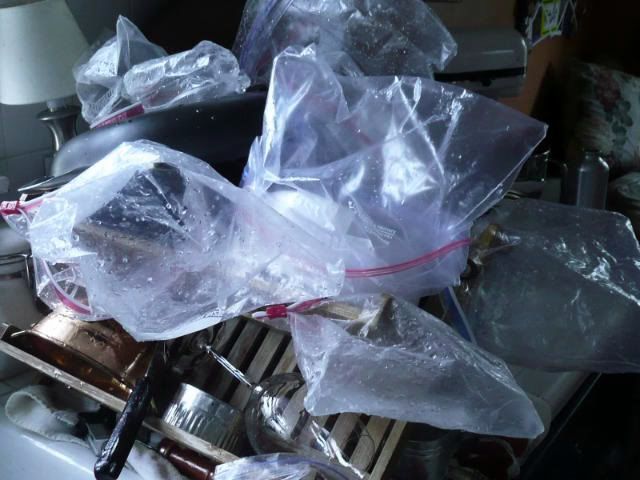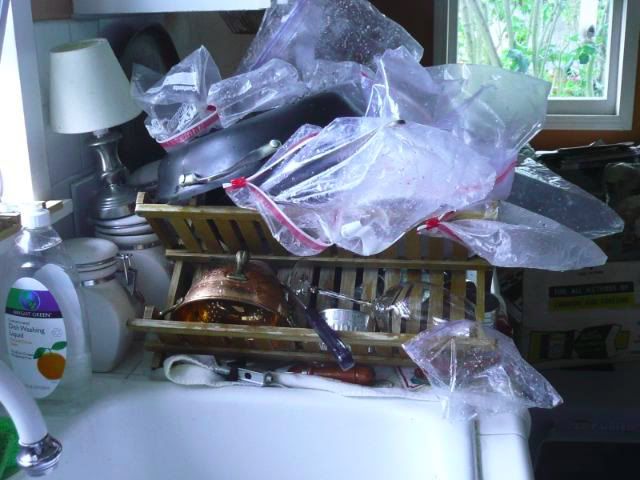Right now there are 2 jars of crappy wine in my attic stairwell, which I've left there in the hope of turning them into vinegar. The last time I checked there was nothing happening. I've read it can take up to 6 months, so keep your fingers crossed. And if it does nothing, I'll just chuck it since the ingredients cost me nothing.
This is the time of year to ferment cabbage and cucumbers. The harvest is coming in and the temps are perfect for those little beneficial bacteria to burp and binge.
"Sauerkraut" is German for "sour herb" or "sour cabbage". Today I'll teach you how to prepare cabbage to encourage fermentation. We'll can it once it's all done so that it's a shelf-stable topping for brats later this winter.
Ingredients:
2 heads of fresh cabbage (roughly 5 pounds)
3 T salt
(if you prefer a spiced version, try Alton Brown's)
Equipment:
Large knife
Cutting board
Food processor fitted with a slicing blade
A large non-reactive bowl or pot you can live without for a few weeks Plastic zipper bag, gallon size
Directions:
Core the cabbage heads. Slice the heads into sizes that will fit into the food processor feed.
Shred the cabbage and place in a large container. Pick through the cabbage as you dump it into the bowl and discard any large chunks. You can add the salt as you go along or get a second pot dirty (as I did) and transfer it back.
It will look like the cabbage isn't going to fit. I promise it will. If it doesn't fit right away, go do something else for 15 minutes When you return the cabbage will have shrunk.
The next thing you want to do is keep the cabbage submerged. There are 2 ways you can go about this. The thing I'm trying this year is a plastic baggie filled with brine (why brine? If the bag leaks you won't dilute the brine in the kraut). It also serves to seal the top of the container, helping reduce mold and scum growth. In past years I've used a plate and a glass jar filled with water to hold it down. That's the method I'll use for the pickles I'm going to make.
All you have to do now is put the kraut in a room that's 65-75 degrees and wait. Check on our kraut every day. Use a slotted spoon to skim off any scum that forms on the surface. Dunk the spoon into a jar of clean water to get it off the spoon. You'll probaby want to keep it somewhere out of the way because it will smell like... well, it's going to smell like fermenting cabbage.
Here's a pic of a sauerkraut batch from 2007. Notice that the cabbage is completely submerged.
When the murky concoction stops bubbling you'll now be the proud owner of sauerkraut.
I'll check back with you when my sauerkraut is ready to be canned.
**This is the WRONG WAY to remove the shredding blade from a food processor.**
Until then, here's a note of caution about the food processor. Last year my thumb slipped as I tried to remove the blade with one hand, pulling the pad of my thumb right into the very very sharp blade. Two urgent care visits later (1 to close the wound, 1 to re-open it when it developed an infection), and a nasty scar on the fleshy part of my right thumb I now have a scar that feels like a pea under the surface and limited sensation in that part of my finger.Learn from my dumbassery. Digital sacrifice is not necessary for a respectable sauerkraut.
